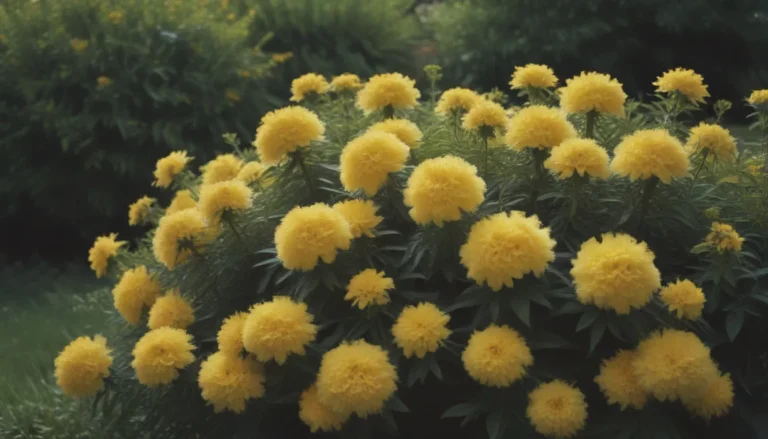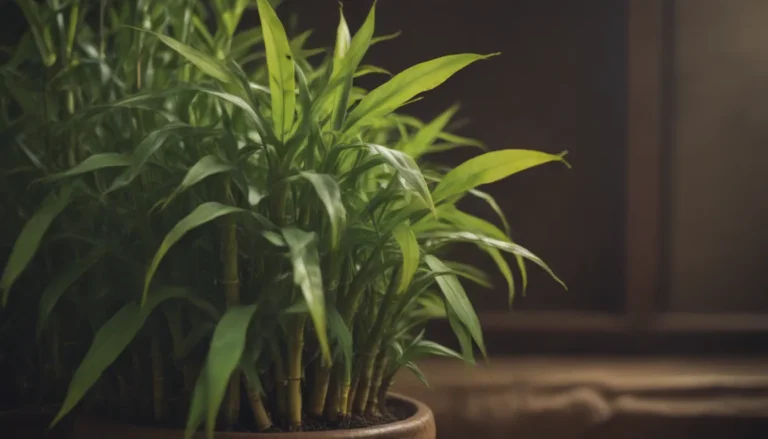Comprehensive Guide on Growing and Caring for Zoysia Grass

Are you looking to cultivate a beautiful, low-maintenance lawn that thrives in warm weather and can withstand heavy foot traffic? Zoysia grass might be the solution you’ve been searching for. This dense, sod-forming grass species is popular among homeowners for its ability to tolerate drought and its resilience in various soil types. In this in-depth article, we’ll cover everything you need to know about growing and caring for zoysia grass, from planting tips to maintenance techniques. Let’s dive in and learn how to achieve a lush, vibrant lawn with zoysia grass.
Getting to Know Zoysia Grass
Introduction to Zoysia Grass
Zoysia grass, scientifically known as Zoysia spp., was introduced to the United States at the beginning of the 20th century and has since become a dominant lawn grass in many suburban areas across the southern half of the country. Its dense turf is highly versatile, making it a popular choice for parks, golf courses, and other high-traffic areas.
Characteristics of Zoysia Grass
- Appearance: Zoysia grass features narrow, sharply pointed blades that range in color from light to emerald green during the growing season, turning straw-like and brown in colder winter months.
- Growth Pattern: Zoysia spreads through strong branching rhizomes and stolons, making it slower to establish compared to other turf grasses.
Zoysia Grass Care Tips
Planting Zoysia Grass
For optimal results, plant zoysia grass from late spring to early summer. This warm-season grass performs best when given the right conditions to establish itself. Follow these key planting tips:
– Choose a sunny spot in your lawn, as zoysia grass thrives in full sun.
– Ensure good drainage to help the grass develop a deep root system.
– Water deeply after planting to encourage healthy growth.
Mowing and Maintenance
Proper mowing and maintenance practices are essential for the long-term health of your zoysia grass lawn. Follow these guidelines:
– Core aerate your lawn in early summer to prevent the formation of thatch.
– Regularly mow your zoysia grass, taking off no more than a third of the grass height each time.
– Avoid over-fertilizing, as this can lead to thatch buildup.
Watering Needs
While zoysia grass prefers one inch of water per week, it is also drought-tolerant. Follow these watering tips for optimal growth:
– Water deeply to promote a deep root system.
– Adjust irrigation for compacted or clay soils.
– Water early in the morning to prevent fungal diseases.
Fertilizing Zoysia Grass
Before applying fertilizer, conduct a soil test to determine the specific nutrient needs of your lawn. Here are some fertilization tips:
– Zoysia grass typically requires two to four pounds of nitrogen per thousand square feet of lawn.
– Avoid over-fertilizing to prevent thatch buildup.
– Consider raking with a tine rake in the fall to break up accumulating thatch.
Varieties of Zoysia Grass
Popular Zoysia Species for Lawns
The two main zoysia species used for lawns are:
– Zoysia japonica
– Zoysia matrella
These species offer different characteristics and can be chosen based on your specific lawn care needs.
Growing Zoysia Grass from Seed
While zoysia lawns are commonly established through sodding, sprigging, or plugs, you can also sow zoysia seed. Follow these steps for successful seeding:
– Plant zoysia seed in the spring for optimal growth.
– Be patient, as newly seeded zoysia lawns can take up to two seasons to establish a dense turf.
Common Pests and Diseases
Zoysia grass is typically resilient against pests and diseases, but it can still be affected by a few common issues:
– Lawn Grubs: Japanese beetles or June beetles may feed on zoysia roots, especially in early summer.
– Large Patch: This fungal disease can affect warm-season grasses like zoysia, often triggered by factors such as excessive nitrogen or poor drainage.
Comparing Zoysia Grass to Bermuda Grass
In some regions, zoysia grass is compared to Bermuda grass (Cynodon dactylon) due to their similar warm-season growth habits. Here are some key differences between the two grass species:
– Growth Rate: Bermuda grass has a faster growth rate compared to zoysia grass.
– Maintenance Needs: Bermuda grass requires more water, fertilizer, and frequent mowing than zoysia grass.
– Adaptability: Bermuda grass tolerates salt and thrives in beach communities, while zoysia grass is versatile in various soil types.
Conclusion
In conclusion, zoysia grass is an excellent choice for homeowners looking to cultivate a lush, low-maintenance lawn. By following the planting, care, and maintenance tips outlined in this guide, you can enjoy a vibrant zoysia grass lawn that enhances your outdoor space. Remember to tailor your lawn care practices to the specific needs of your zoysia grass variety and local climate conditions. With proper care and attention, your zoysia grass lawn will thrive and provide you with years of enjoyment.
Hale, Trent C., et al. “Zoysiagrass Yearly Maintenance Program.” Home & Garden Information Center | Clemson University, South Carolina, 2 Nov. 2018, https://hgic.clemson.edu/factsheet/zoysiagrass-maintenance-calendar/
Missouri.edu, https://extension.missouri.edu/publications/g6706#:~:text=Zoysiagrass%20grows%20best%20in%20full,fertilization%20than%20most%20other%20turfgrasses
Ifas, Blogs. “Q: What Is Vertical Mowing? – UF/IFAS Extension Nassau County.” UF/IFAS Extension Nassau County, 2 July 2017, https://blogs.ifas.ufl.edu/nassauco/2017/07/02/q-vertical-mowing/
Butler, Lee, and Jim Kerns. “Large Patch in Turf.” Ncsu.edu, https://content.ces.ncsu.edu/large-patch-in-turf





